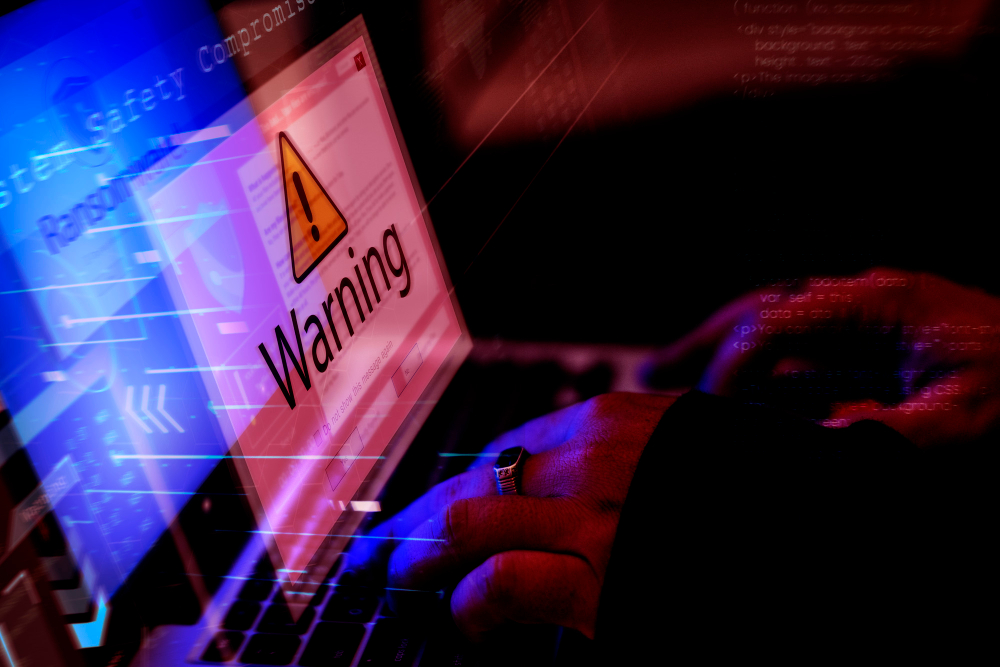If you’re not a tech enthusiast, you might not realize that the Internet and the Worldwide Web are actually two distinct things. The Internet is a global system of interconnected computer networks, while the Worldwide Web is a system of interlinked hypertext documents accessed via the Internet. However, the two terms have become almost interchangeable in everyday use.
Together, the Internet and the Web have connected hundreds of millions of people worldwide, providing access to an immense wealth of information. According to Pew Research:
– 71 percent of Americans use the Internet daily
– 90 percent access it from home
– 44 percent go online at work
– 68 percent use the Internet via cell phone, tablet, or mobile device
The Internet has become so essential that more Americans say they would have more trouble giving it up than television, possibly because they can stream their favorite shows online.
Embracing the Good and the Bad
Online communication has undoubtedly transformed the world. On the positive side, the Internet allows people to gather and share information, facilitates marketing and sales, supports real-time communication across distances, and offers countless other benefits. On the downside, it can expose users to bullying, stalking, and privacy violations. The storage and transfer of electronic data—including personal information and credit card numbers—has also led to a surge in cybercrime.
In 2012, the U.S. Bureau of Justice reported that 16.6 million Americans (7 percent of those aged 16 or older) were victims of identity theft. Most incidents involved the theft and fraudulent use of existing account information, resulting in nearly $25 billion in financial losses, which is about $10 billion more than losses from all other property crimes combined.
Protecting Your Personal Data
Benjamin Franklin once said, “An ounce of prevention is worth a pound of cure.” This is certainly true when it comes to protecting your personal data online. Here are some tips for securing your information:
- Protect your accounts: Use strong passwords with letters, numbers, and symbols, and avoid using the same password for multiple accounts. If you have trouble remembering passwords, keep a list in a safe place or invest in security software that tracks passwords and allows access with a single master password.
- Look for security: When shopping online, ensure you have a secure connection. Check the website address for ‘https’ or a green box with a padlock. Also, install security software on your devices.
- Set account alerts: Many banks and financial institutions offer alerts for changes to your accounts, often sent via email.
- Be cautious with WiFi: Avoid accessing financial accounts or password-protected sites on shared networks like free WiFi. Use your phone’s 3G or 4G service instead.
- Limit personal data sharing: Be mindful of the personal information you share on social media. Information like birthdays and pet names can be used to answer security questions and access your accounts.
- Review your bills: Always review charges on your bills, whether you pay electronically or otherwise. Unexpected charges could indicate data theft.
- Take action on breach notifications: If you receive a letter about a data breach, take steps to protect yourself, such as setting up account alerts or enrolling in an identity protection service.
The Internet and the Worldwide Web are integral to daily life for many Americans. By being aware of the risks and taking appropriate precautions, you can protect your personal and financial information while enjoying the benefits of being online.






